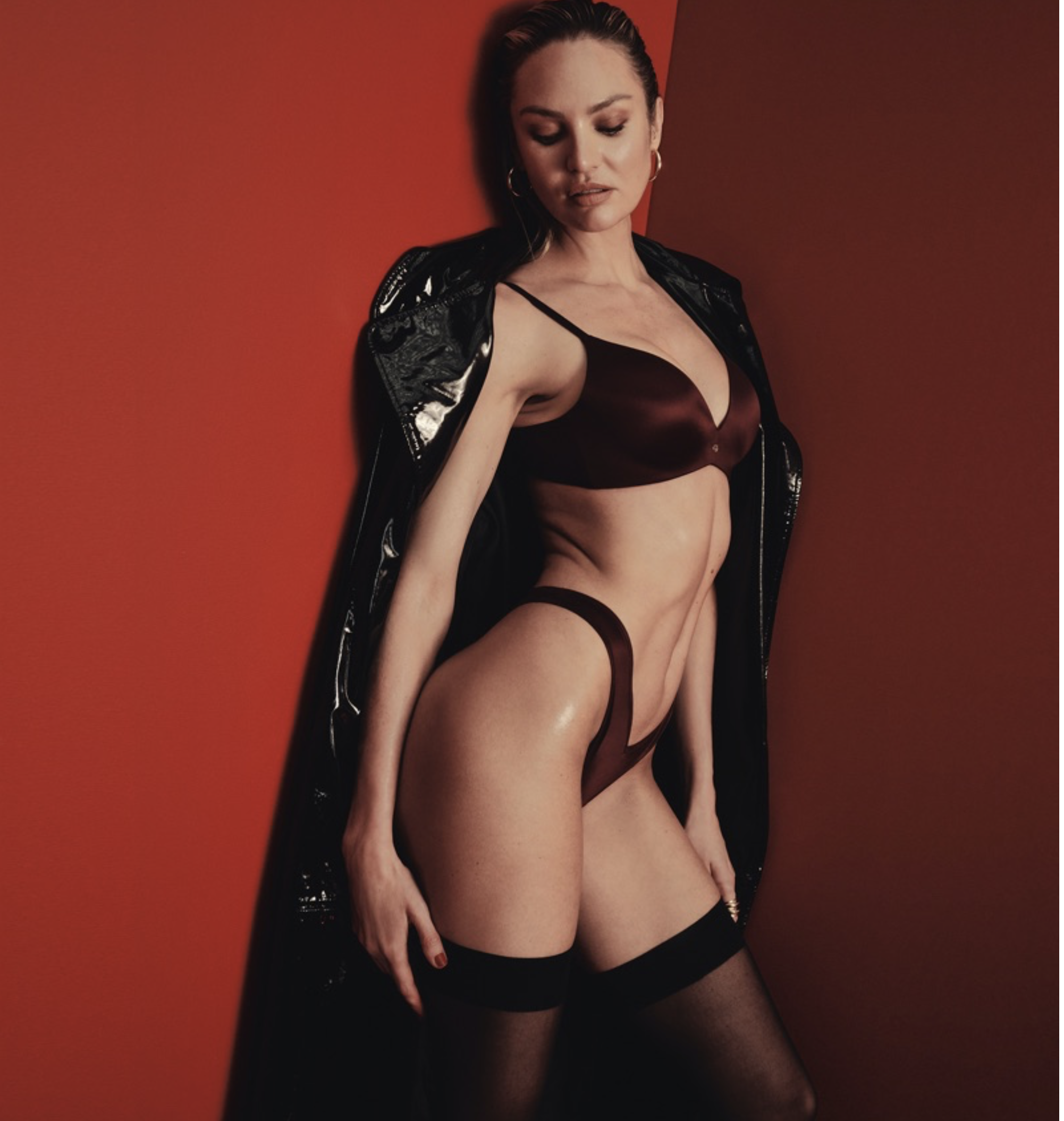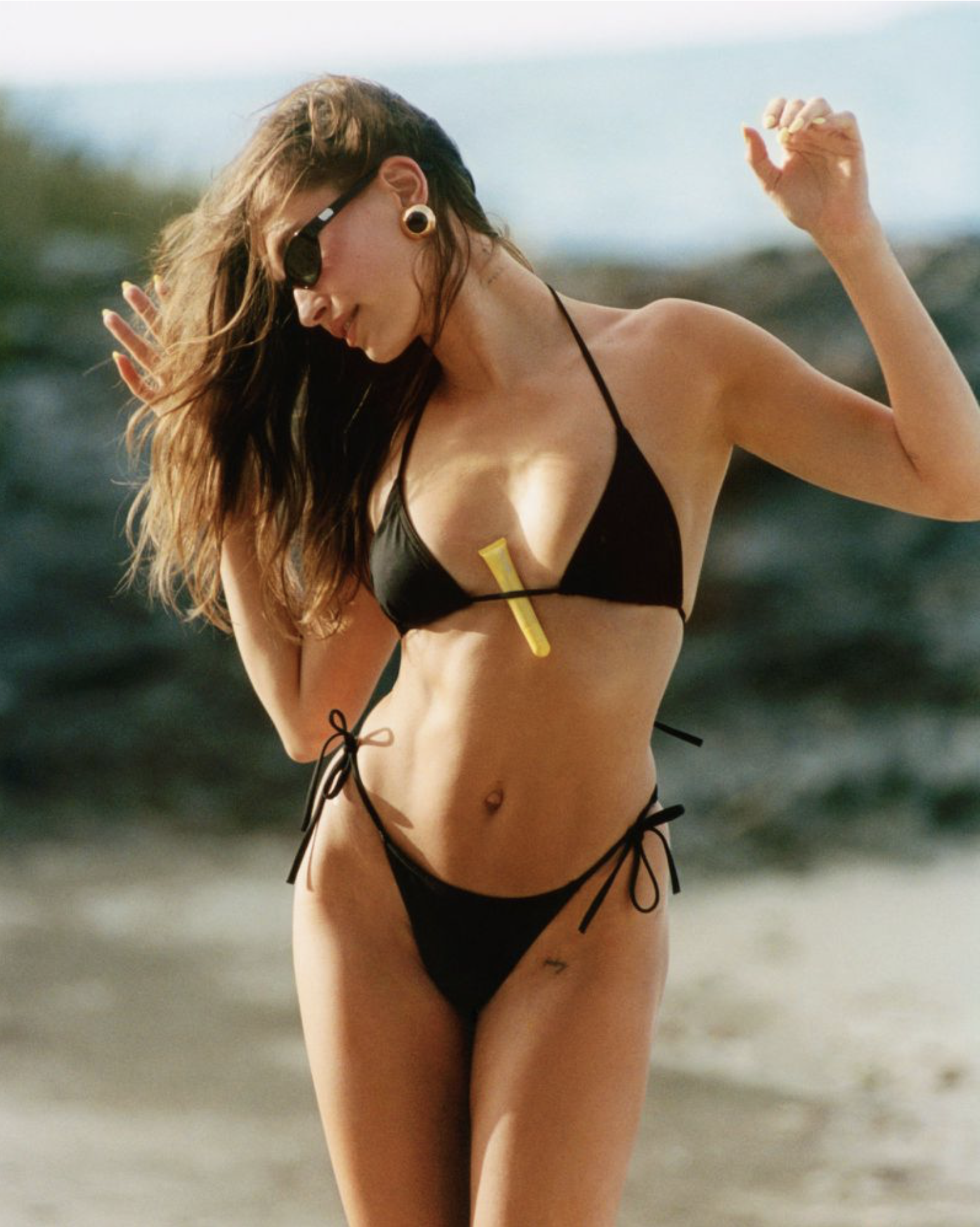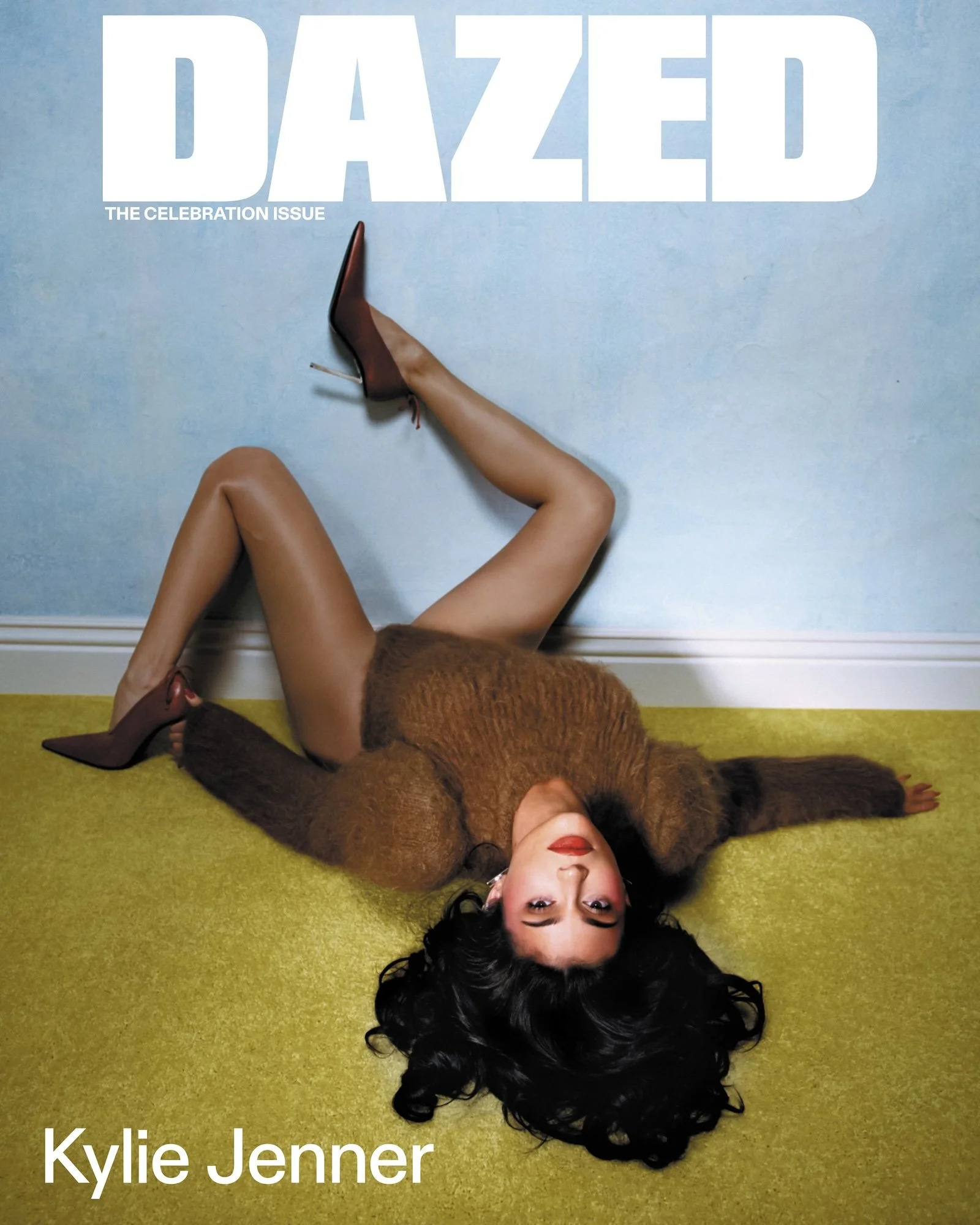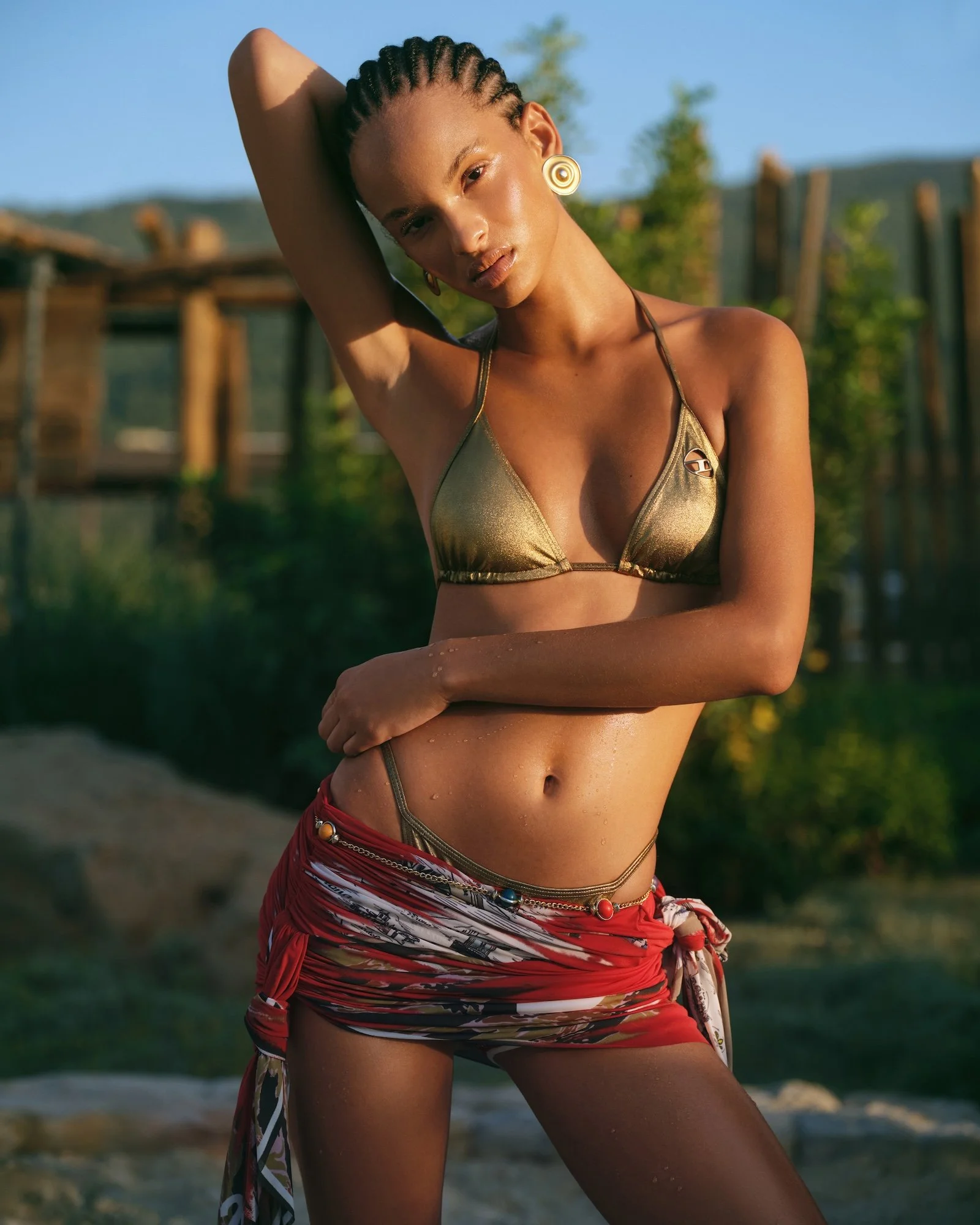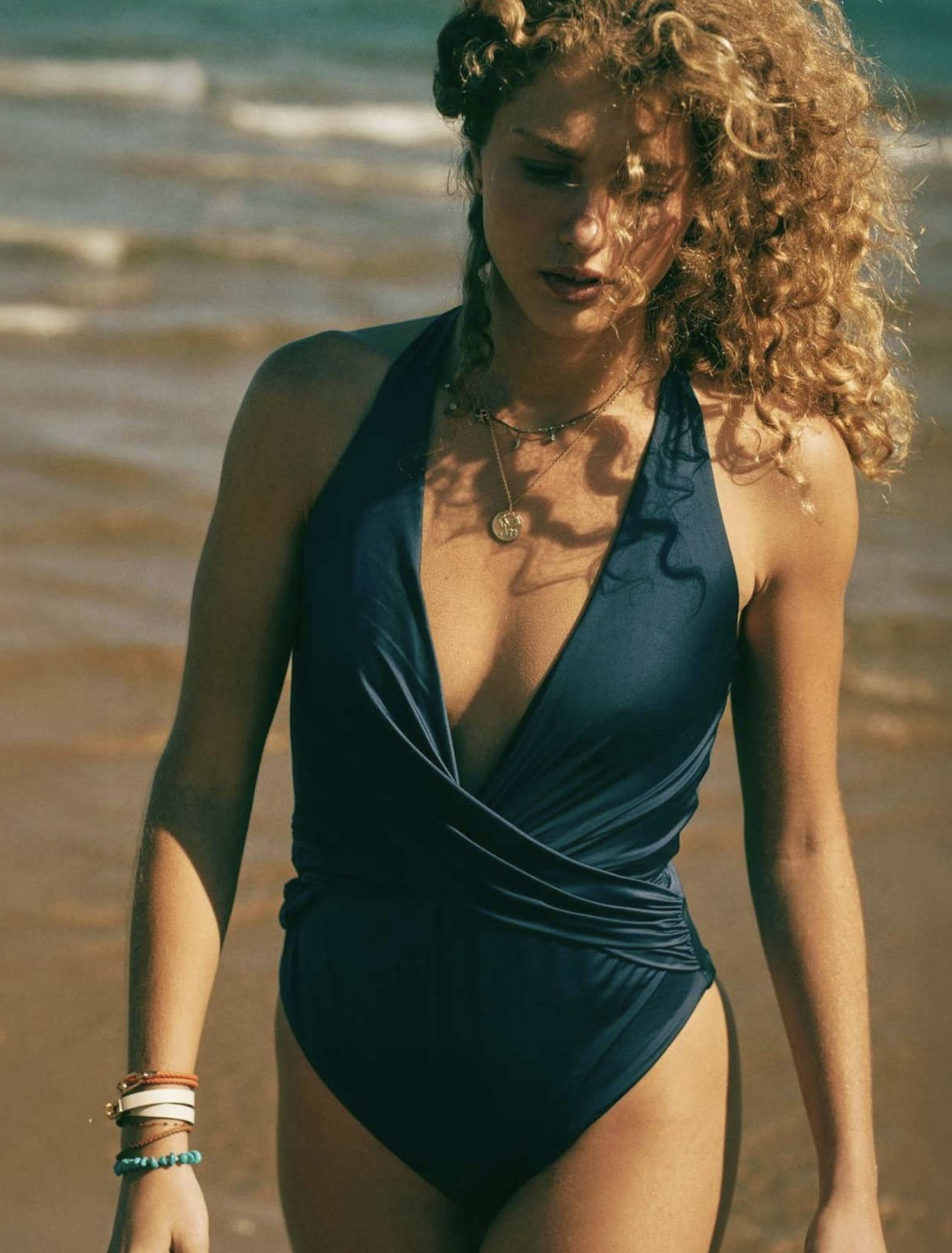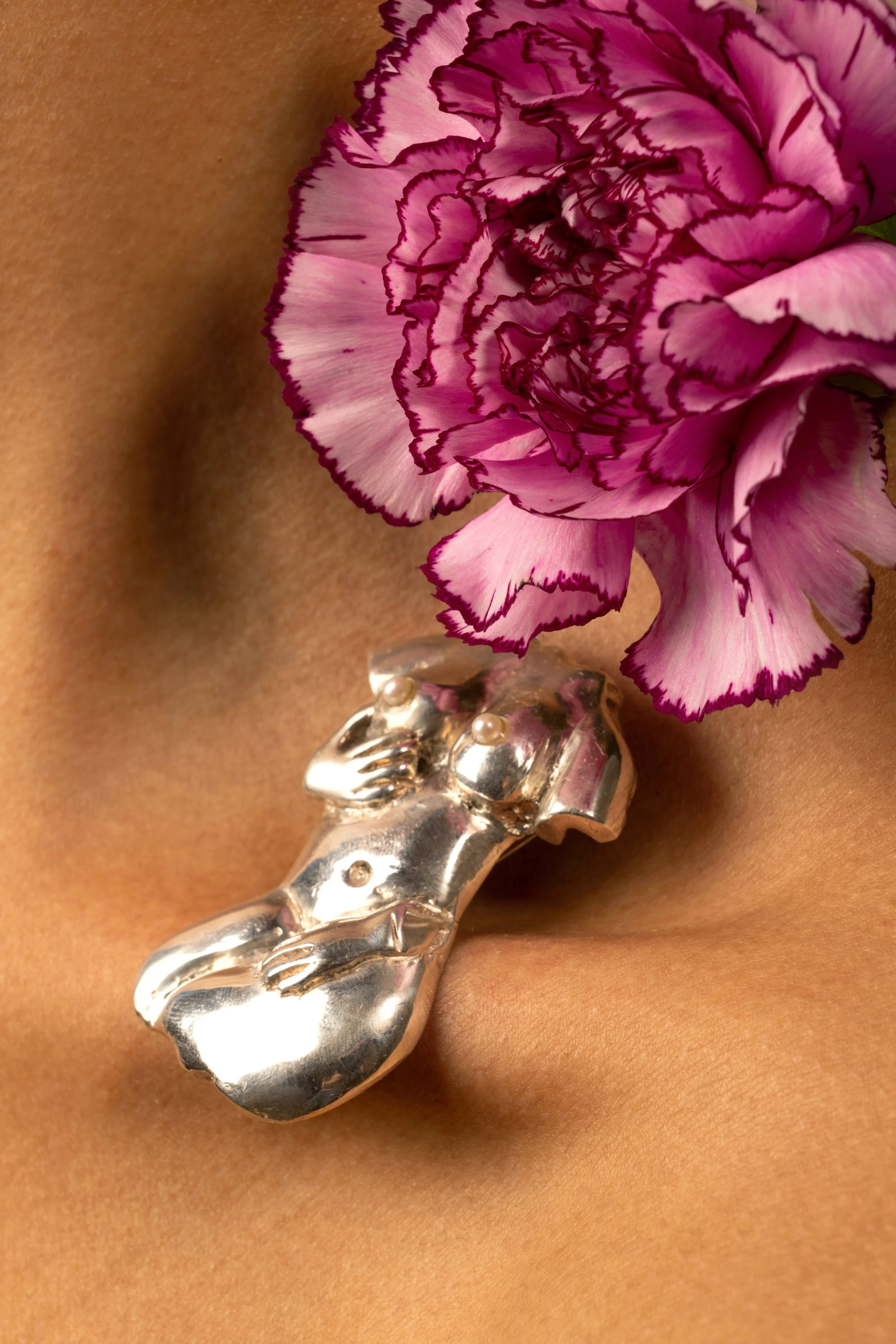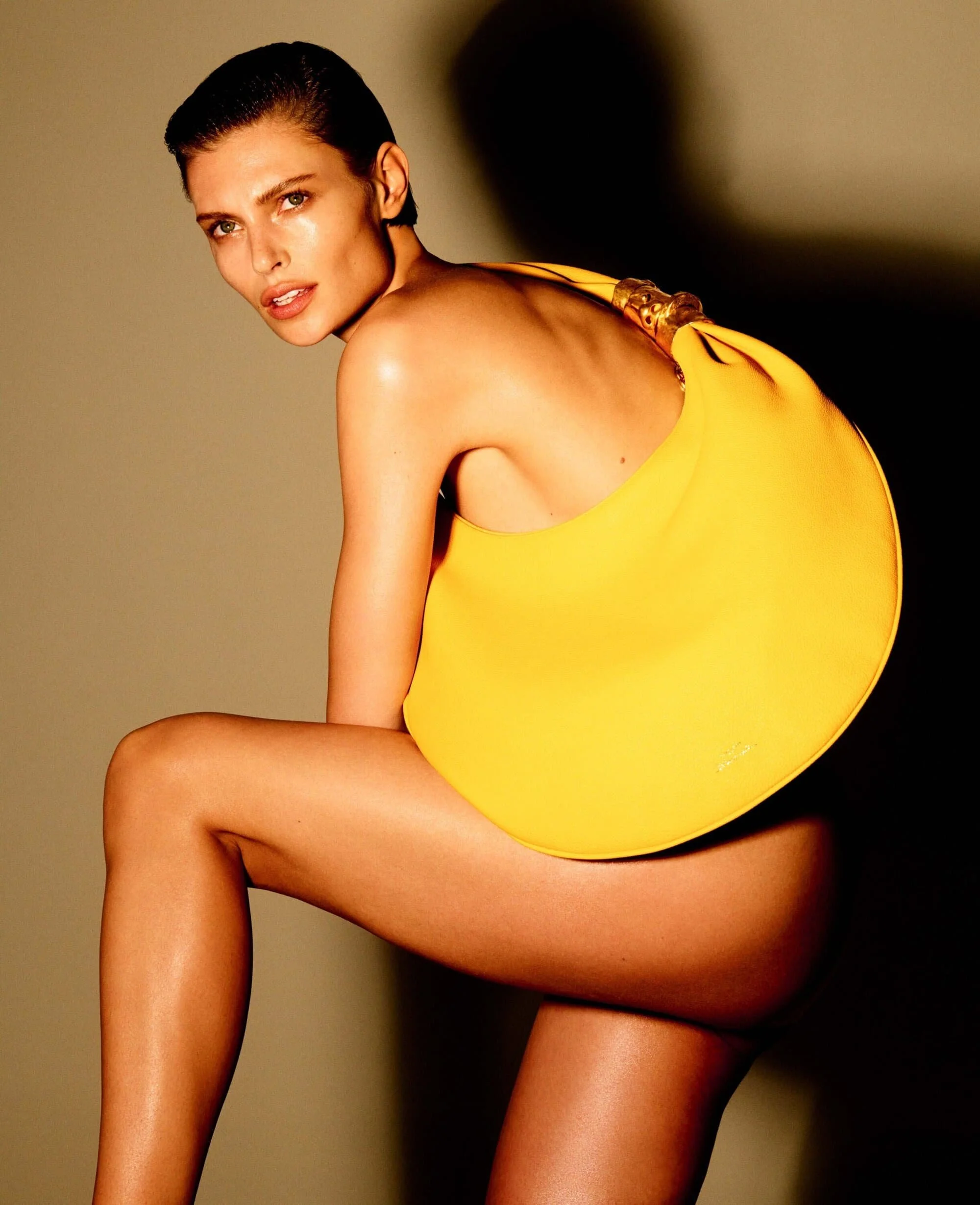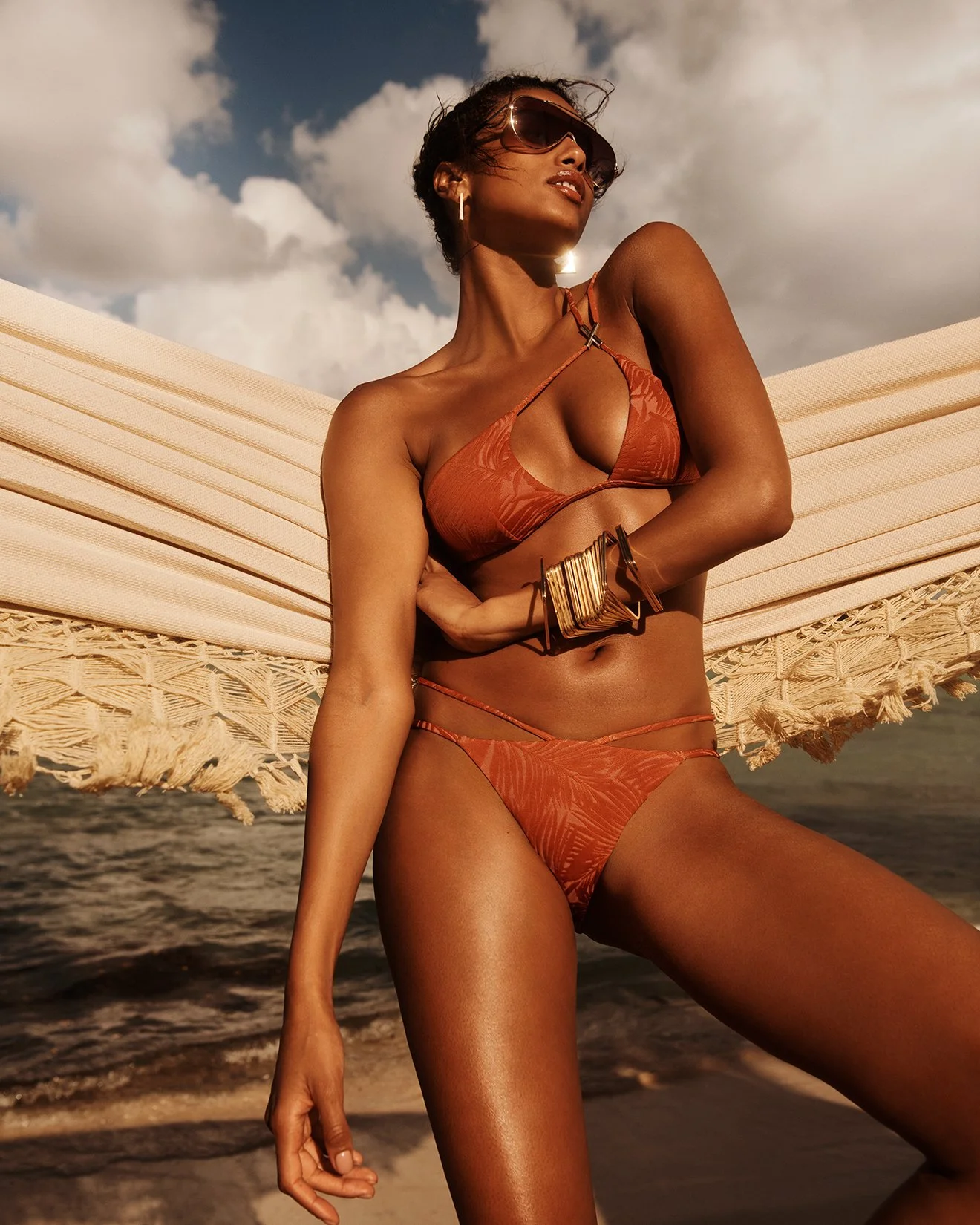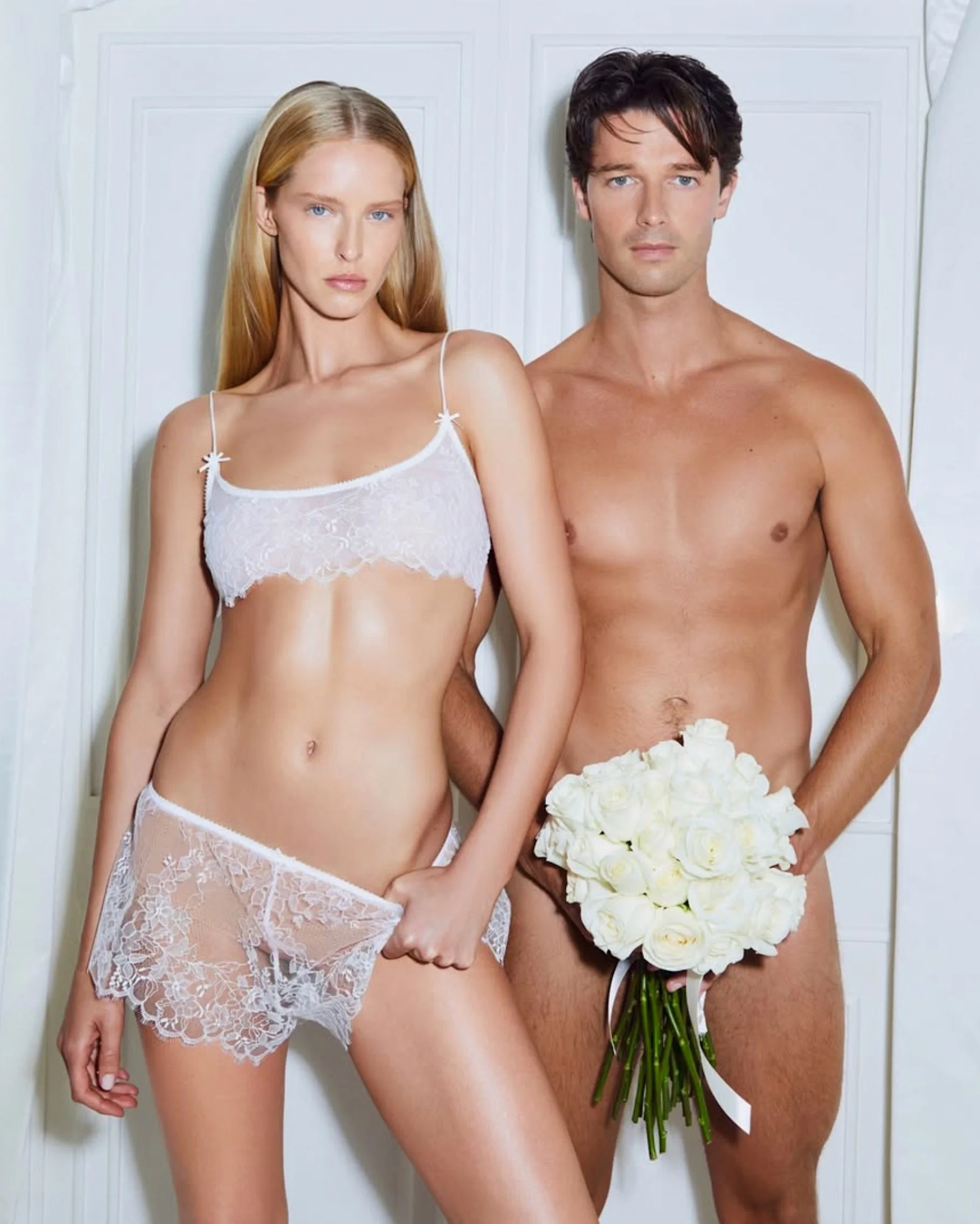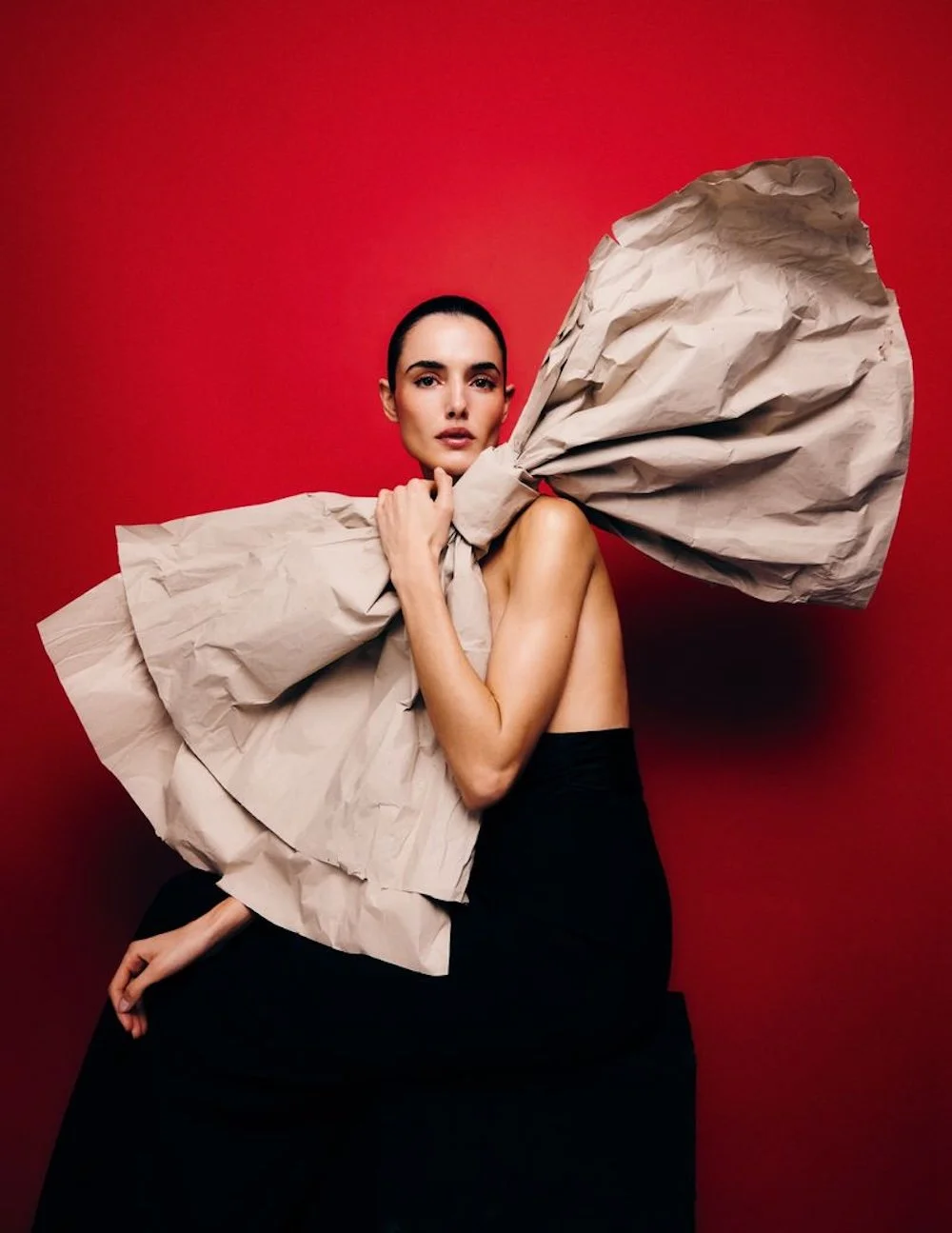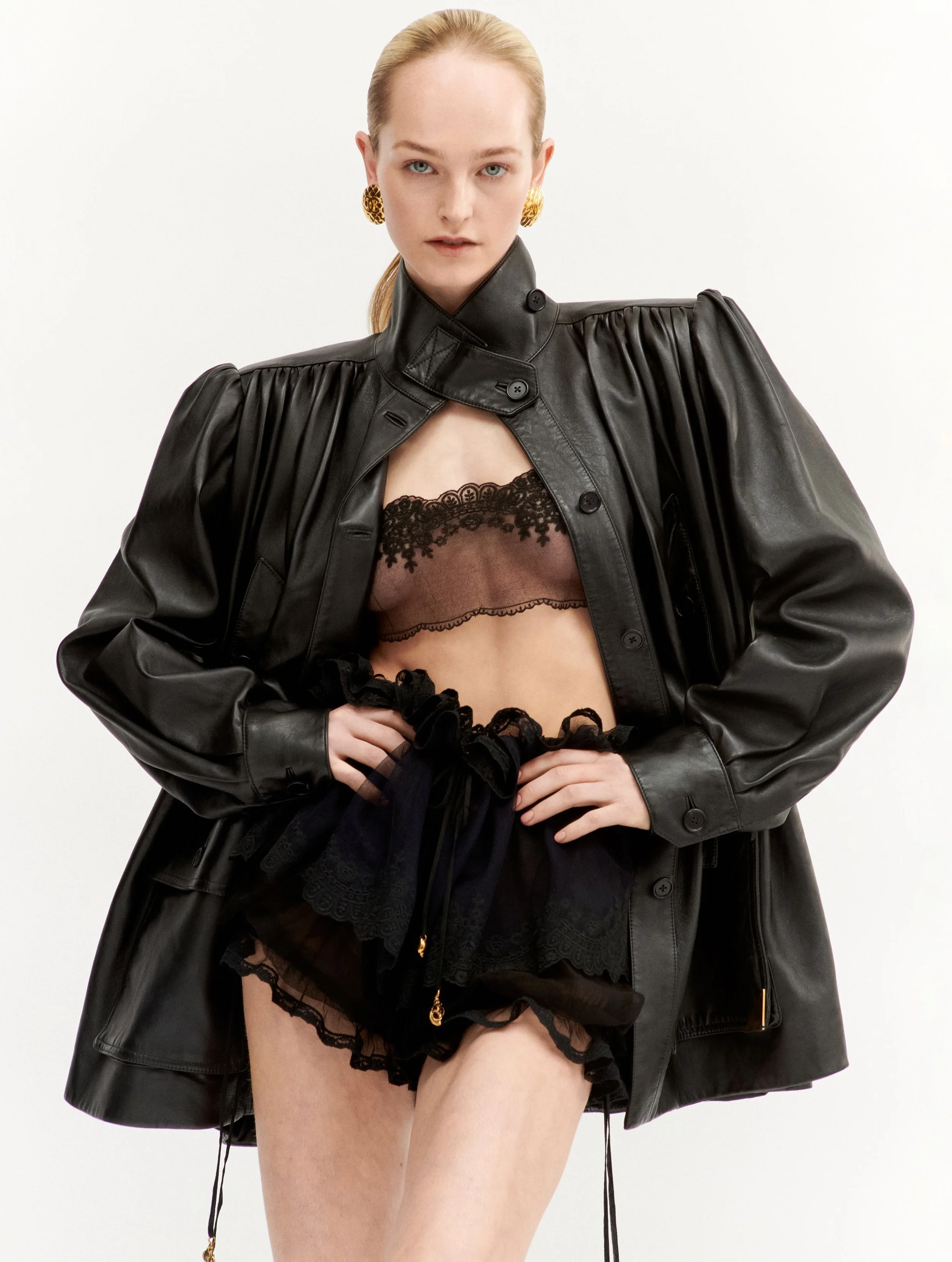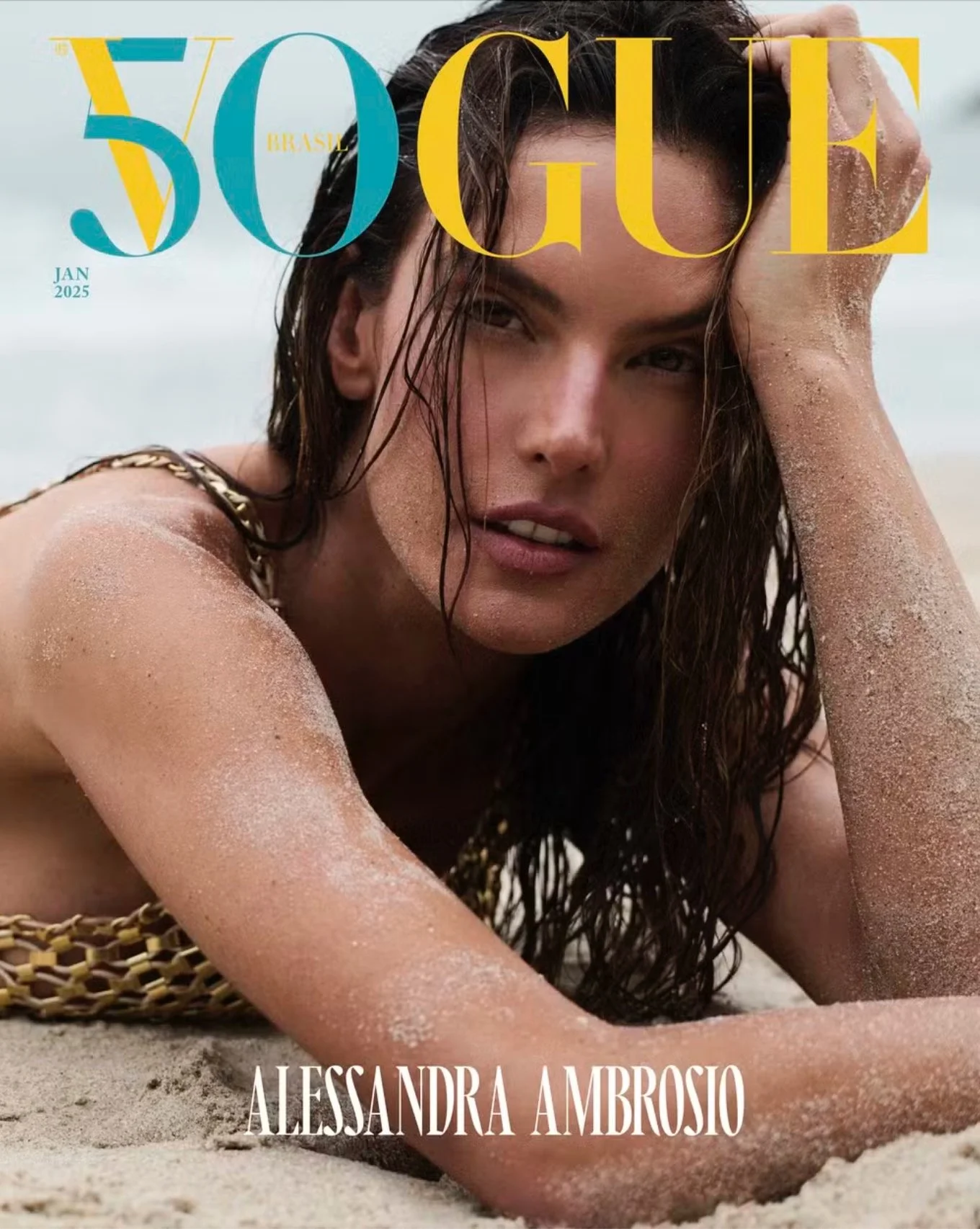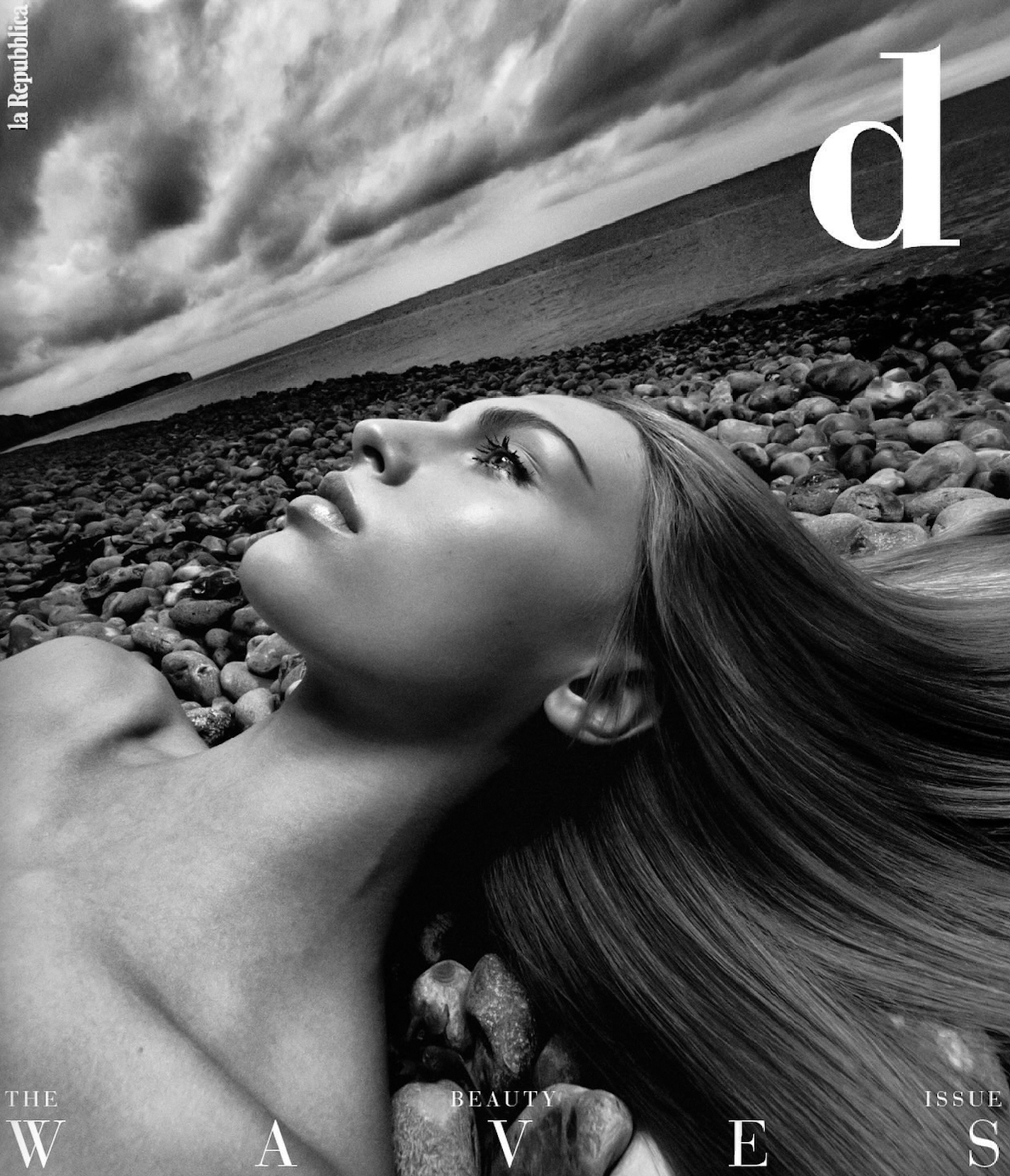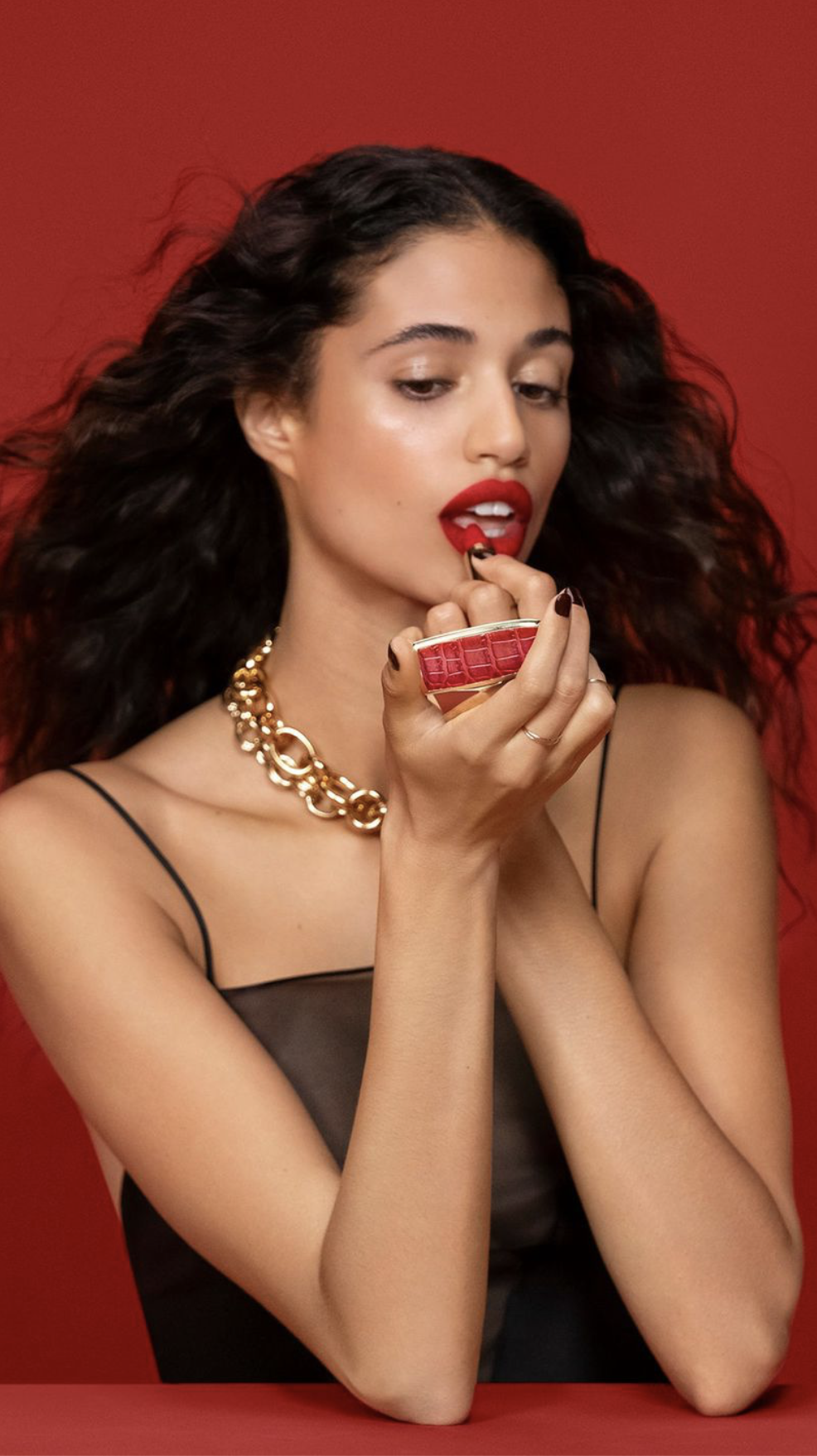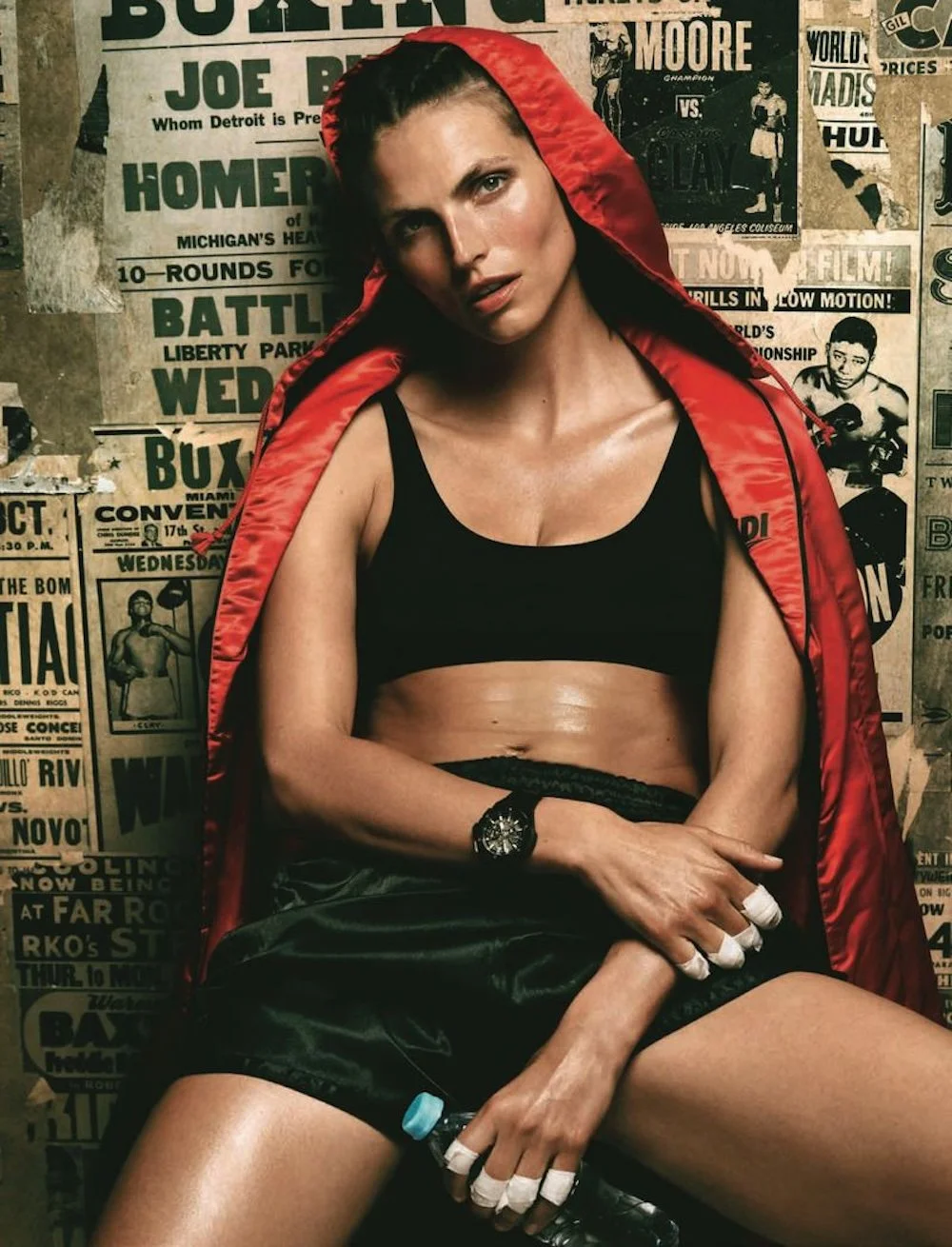Matilda S, Dora l and Martin l | Ethan Zhong | Harper's Bazaar Hong Kong October 2012 | The Asexual
/
A core premise of my writing on body and sexuality is the observation that the evolution of fashion in the last decade has been towards an asexual female body, or a more female male body. Our focus at AOC is on the forward progress of women rights, and we stay focused on the female body
To many feminists and supporters of gay rights, asexuality is a welcome trend. I’m well aware of the inherent contradiction between expressed sexuality for women and the stereotypes that accompany the 90’s women and the supermodels who inspired us.
A 10 year veteran of Victoria’s Secret, even I use the terms bombshell sparingly.
In business I’ve worked with many successful women who embrace and advance asexuality with the same argument that educated Muslim women express about wearing highly-modest clothing or even a burqa. As women, they are valued for skills and competency, not for their visible female sexuality now stripped off their bodies.
I also agree that there is a fundamental question as to whether men can actually handle female sexuality in a professional, collegial and also matrimonial sense of respect. My friend feminist writer and satirist Soraya Chemaly writes this week Healthy Masculinity: The Idea That Men Can Control Themselves. (Soraya cites many men who can.)
The world is awash in sex trafficking and stealing young girls. For a feminist like myself to argue against the desexualization of the female body seems like a contradiction.
Bottom line, I find fashion’s ‘The Asexual’ trend — visualized here by Matilda S, Dora I and Martin for Harper’s Bazaar Hong Kong — to have a downside, one that suppresses visible femaleness at a time when the world needs more estrogen. Photographer Ethan Zhong captures the trio styled by Alvin Goh for Harper’s Bazaar Hong Kong’s October issue.
The pursuit of no hips, no breasts and not an ounce of visible body fat has a distinct downside for women. It comes at a time when women’s rights are under assault in many countries and especially in America. Perhaps my struggle intellectually is that when fashion eliminates hips and breasts all together, we are left with essentially a male model of physical beauty.
Simply stated, I don’t trust any trend that seeks to make women look more like men — even if the image is a more feminine man, presumably with less testosterone and brawn in his approach to women and war.
Sorting through this core question of gender, body types, and human existence from an intellectual perspective remains unfinished work for me. The thoughts of others are always welcome. ~ Anne













